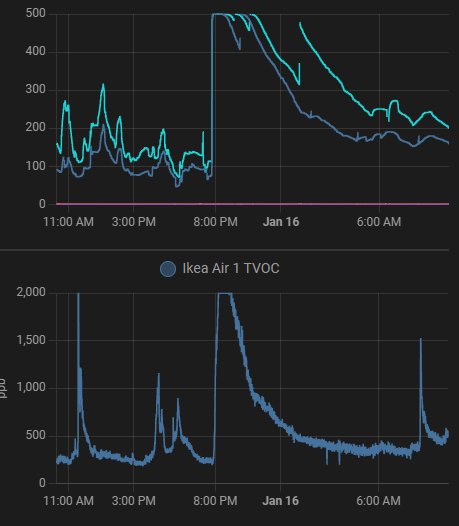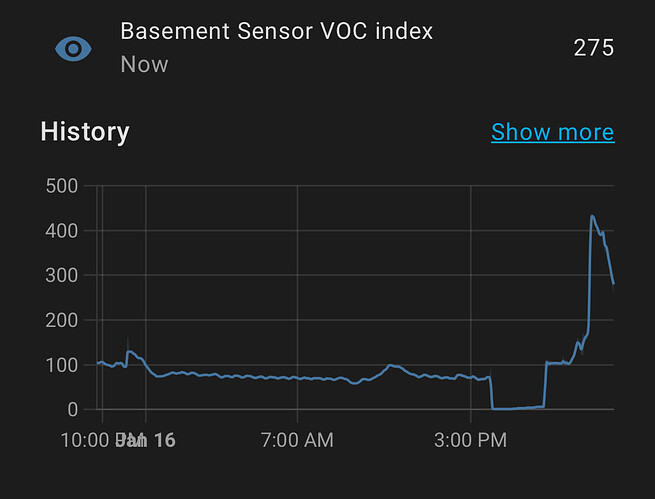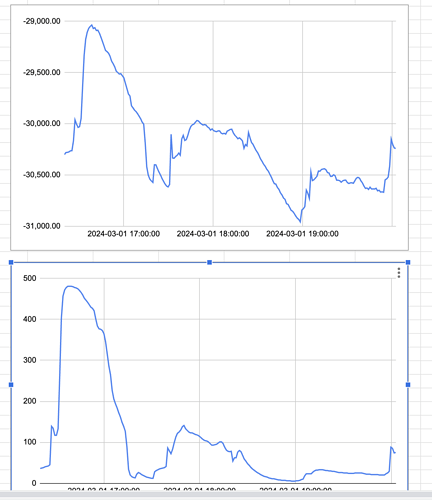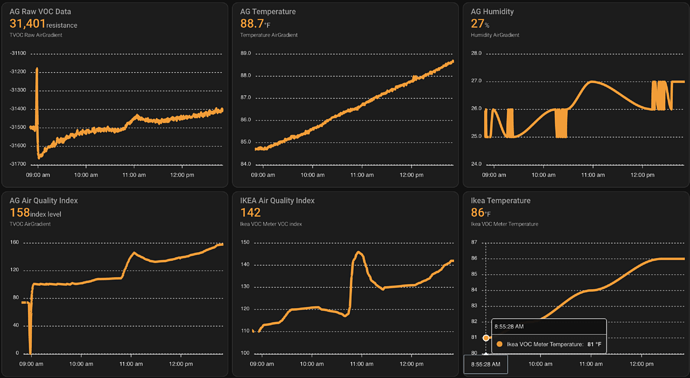I’m glad you’re checking. For now while you’re figuring this out, what do you think about un-publishing the blog post?
IMO, someone who reads that blog post is actually more likely to think AirGradient’s sensor can do things it can’t do[1], because the 2 examples are at best optimistic and at worst, not currently possible. They aren’t representative of what’s actually realistic, yet if someone reads them, they’ll think “Yeah, cool, these examples are what I’m trying to do.”
Also, a reader would leave without understanding the two big weaknesses that were surprises to folks in this thread. It explains other weaknesses of MOX sensors (that they detect some harmless compounds too and can’t tell the difference), but I think should include something like this, near the top where it’s impossible to miss:
What can’t the TVOC sensor tell you?
The size of a VOC change (big vs. small increase/decrease). All measurements use relative values. The values are relative to the average over the past 24 hours, but that average is not available in absolute terms. As a result, there is no way to tell whether an increase or decrease that seems big in relative terms is actually large in absolute terms.
Whether or not a change in VOC content is still present. VOC measurements are relative to the VOC content over the past 24 hours. If VOCs in the air increase, values will go up. However, in the subsequent 24 hours following the increase or decrease, the new VOCs will gradually be incorporated into the the baseline. After 24 hours, they will be part of the baseline, so there is no way to tell whether they are still present.
… possibly with a link to this forum thread for readers who want to learn more.
If you would prefer to leave the blog post up, maybe add that near the top.
[1]: Based on the information in this thread. If someone disagrees, feel free to refute what’s been written.




